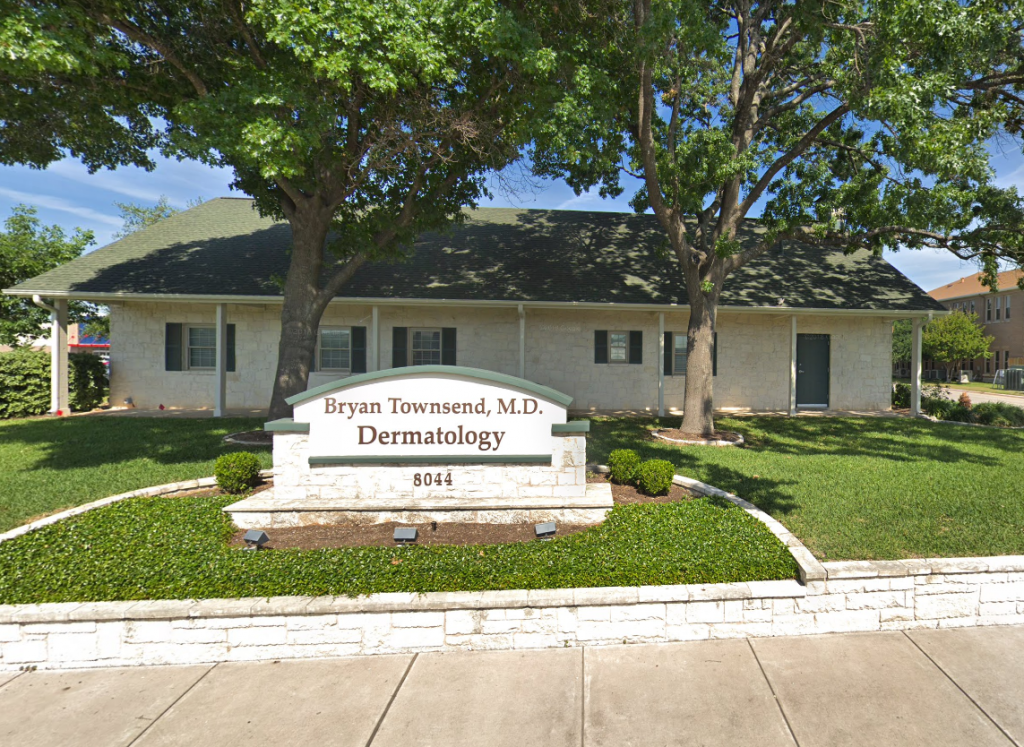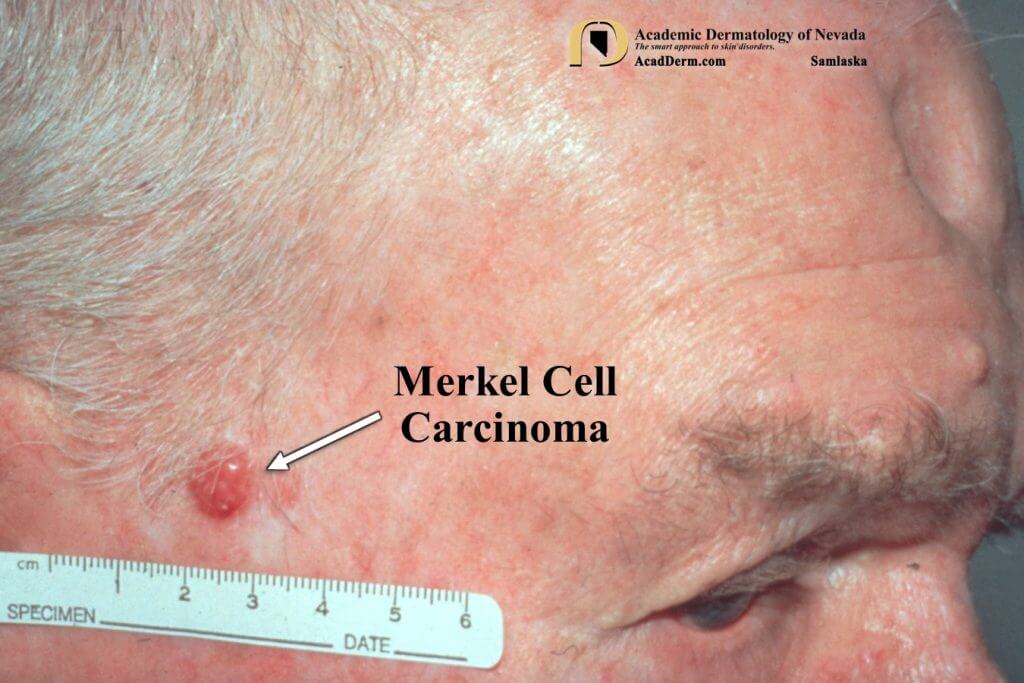Dr. Bryan Townsend is a board-certified dermatologist specializing in Mohs micrographic surgery for the treatment of skin cancer.
Dr. Townsend graduated from the University of Texas at Austin with a B.A. degree. He then attended medical school for four years and completed a one-year internship in Internal Medicine at The University of Texas Medical School at Houston. Afterward, he completed a three-year Dermatology Residency at the Louisiana State University Medical Center in New Orleans. He concluded his training with an intensive one-year fellowship in Mohs Micrographic Surgery at the Louisiana State University Medical Center.
Dr. Bryan Townsend is a member of the American College of Mohs Surgery.
Badges & Awards
Specialties and Affiliations
- American Board of Dermatology
- American College of Mohs Surgery
Featured Blogs
- 42 U.S. Dermatology Partners Physicians Recognized by 2024 Super Doctors® Awards
- Super Doctors 2023 Recognizes 43 U.S. Dermatology Partners Physicians in Peer-Nominated Award
- Thirty-One U.S. Dermatology Partners Dermatologists Across Texas Received Super Doctor & Rising Star Awards
- Texas Monthly Super Doctors 2020 Recognizes 35 U.S. Dermatology Partners Physicians in Peer-Nominated Award
- Texas Monthly Recognizes 26 U.S. Dermatology Partners Physicians














